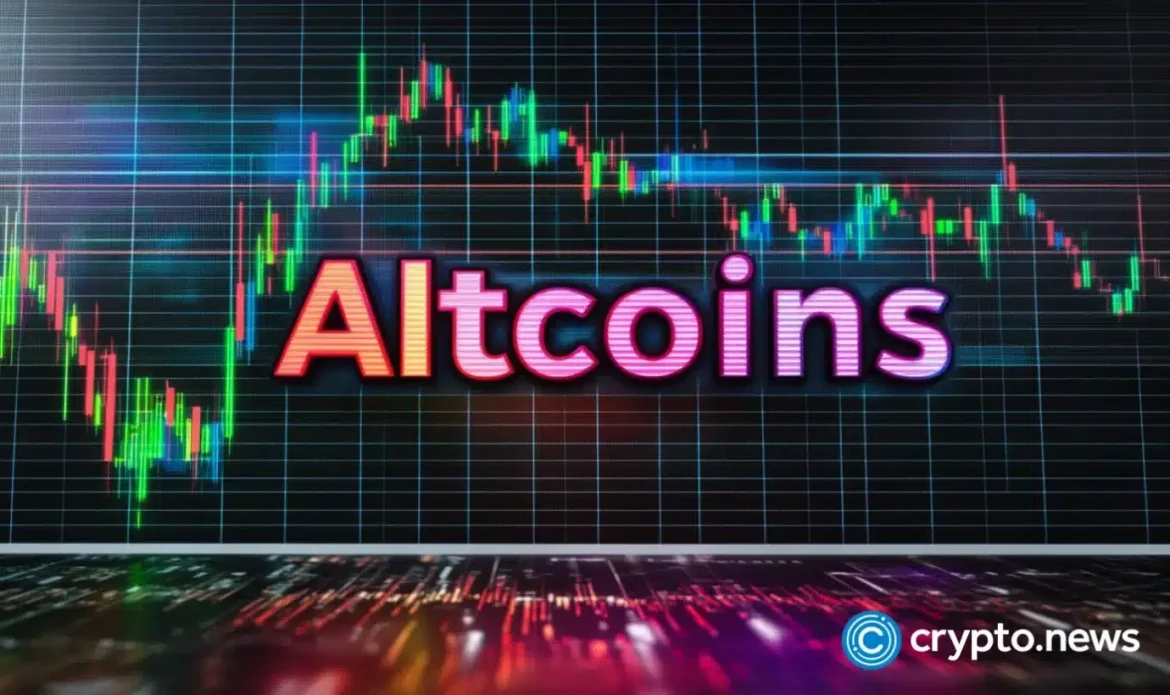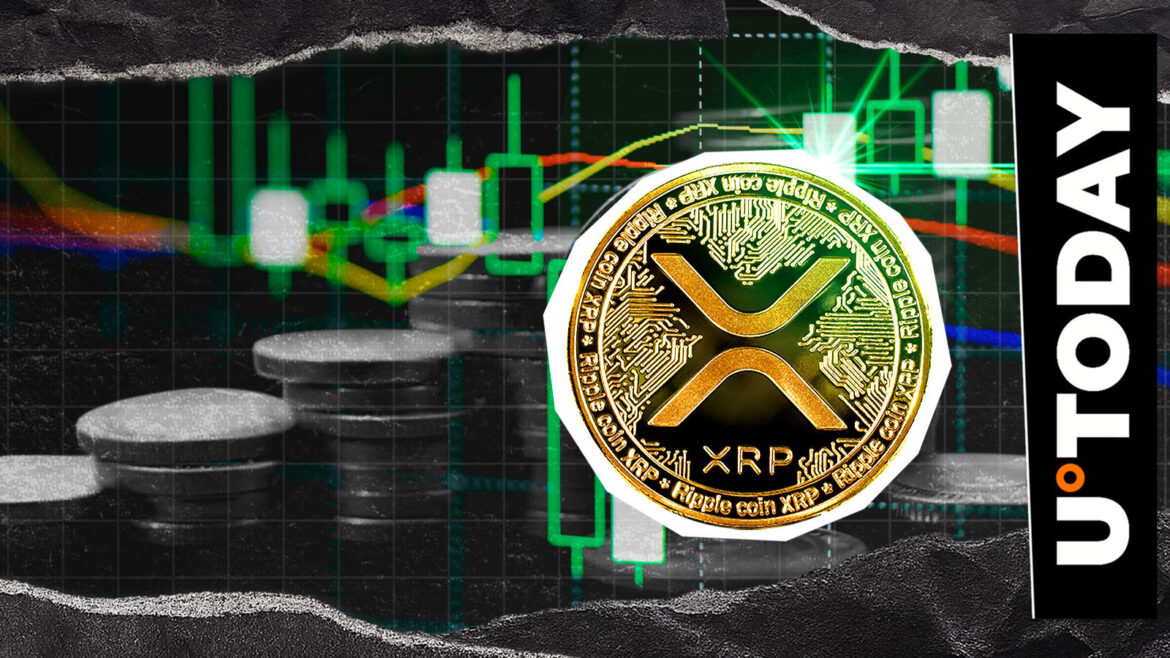A legendary Bitcoin OG has just made a bold $433 million bet on Ethereum (ETH), accelerating a trend of capital rotation from Bitcoin (BTC) into the world’s second-largest cryptocurrency.
Whale Shifts 4,000 BTC Into Ethereum
The whale sold 4,000 BTC on Sunday, August 31, 2025, at a price of approximately $435 million and purchased 96,859 ETH at a price of approximately $433 million, according to the Lookonchain data. Earlier that day, the whale deposited 3,000 BTC to an exchange before executing the massive swap.
This follows Saturday’s move, where the same investor sold 1,000 BTC for $109 million and purchased more ETH through Hyperliquid. Overall, the whale currently owns more than 800,000 ETH valued at close to $4 billion, and the majority of the coins are already staked to generate rewards.
Institutions Pivot From Bitcoin to Ethereum
The whale’s aggressive rotation mirrors a broader institutional shift. BlackRock’s Ethereum Trust (ETHA) bought nearly $968 million in ETH last week, leading U.S. spot ETH ETFs to record $3.87 billion in August inflows. Since April, ETH ETFs have pulled in more than $11 billion.
In comparison, U.S. spot Bitcoin ETFs are on track to finish August with $751 million in outflows, ending a four-month streak of inflows. Meanwhile, companies like BitMine and SharpLink have built huge ETH treasuries, holding more than 2.5 million ETH combined.
ETH Price Eyes $10K After Strong August
Ethereum’s price rebounded 3% on Sunday to $4,491 after dipping earlier in the day. Despite an 8.13% weekly decline, ETH has gained 24.39% in August and recently set a new all-time high at $4,948.
#ETHEREUM Roadmap to $10K 🚀$ETH isn’t done yet.
▶️ HTF structure = bullish
▶️ Demand zones perfectly holding
▶️ Liquidity above $5K acting like a magnet
Once ETH clears $5K and confirms it as support, momentum could accelerate toward $10,000 in this cycle.@ethereum pic.twitter.com/TNM8dzSFio
— Crypto Patel (@CryptoPatel) August 31, 2025
Market analysts, Crypto Patel, suggest ETH could surge toward $10,000 if it breaks past the key $5,000 resistance level. With whales and institutions alike rotating into Ethereum, all eyes are now on whether September delivers that breakout.
Also Read: A $5B Bitcoin Whale Moves Billions of BTC Into Ethereum










